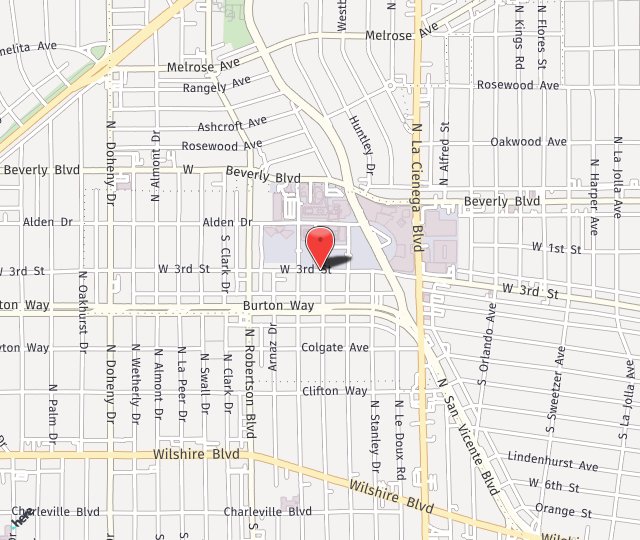Common Peroneal Nerve Entrapment | Foot Drop
What is Common Peroneal Nerve Entrapment?
The fibular tunnel is a fibrous passageway along the outer side of the knee that contains the common peroneal (fibular) nerve, which is one of two major nerves of the leg and foot. It is responsible for sensation to the top of the foot. The common peroneal nerve also controls the muscles that lift the ankle and straighten the toes. In Common Peroneal Nerve Entrapment, the fibrous passageway (fibular tunnel) for the common peroneal nerve can become narrower along the outer side of the knee and lead to compression of the nerve.
What are the symptoms of Common Peroneal Nerve Entrapment?
With continued compression of the common peroneal nerve, patients can develop pain, numbness, and tingling of the top of the foot. Without the ability to feel, patients may unknowingly and repeatedly injure the top of their foot. In long-standing or severe circumstances, common peroneal nerve compression can lead to weakness and a foot drop. Sometimes patient interpret this weakness as clumsiness while walking. Symptoms may worsen with prolonged standing, walking, exercising, or during sleep.
What causes Common Peroneal Nerve Entrapment?
Risk factors for Common Peroneal Nerve Entrapment include diabetes, arthritis, and a prior history of knee sprains or trauma. The common factor in these conditions is that they all lead to increased swelling in the fibrous passageway and decreased space for the common peroneal nerve. In this situation, the nerve remains in continuity but is its outer lining and blood supply can be damaged by the pressure caused by this tight passageway. In response, scar tissue replaces the natural outer insulation of the nerve, called myelin. Myelin is critical in speeding the transmission of electrical signals to the muscle to cause contractions or from the skin to the brain to produce feeling. With scar replacing myelin, electrical signals cannot easily travel across the nerve
How is Common Peroneal Nerve Entrapment diagnosed?
Common Peroneal Nerve Entrapment can generally be diagnosed by the history of symptoms and by physical exam looking for signs of numbness along the top of the foot and for evidence of nerve inflammation (Tinel’s and scratch-collapse tests). During the Tinel’s test, the skin over the fibular tunnel is tapped and the patient is asked if there are any signs of tingling or electrical shocks traveling to the top of the foot. For the scratch-collapse test, the patient performs resisted shoulder external rotation exercises. The test is considered positive if the affected outer knee is lightly scratched and the patient momentarily collapses while performing resisted shoulder external rotation. In situations where the diagnosis is unclear, a nerve conduction and muscle study can be ordered to obtain more information on the health of the tibial nerve and its muscles.
What are the treatments for Common Peroneal Nerve Entrapment?
Treatment of Common Peroneal Nerve Entrapment begins with rest, splinting the ankle in the neutral position, non-steroidal anti-inflammatory drugs to reduce the swelling and inflammation, diet and exercise in obese patients, and strict glucose control in diabetics. If these measures fail to eliminate the patient’s persistent pain, numbness, and/or muscle weakness, a fibular tunnel release is recommended. In this procedure, a nerve decompression / neurolysis is performed of the common peroneal nerve through a small incision along the outer side of the knee. The goal is to provide space for the nerve and its blood supply, giving it a chance to regenerate. Doing so in a timely fashion should lead to speedier electrical signals and return of movement, feeling, and function.
What happens after surgery for Common Peroneal Nerve Entrapment?
Fibular tunnel release is generally a 1-hour procedure that can be performed under general anesthesia. After the completion of surgery, the knee and ankle are wrapped in a soft, bulky dressing. Following a 1-2-hour recovery period, patients are discharged home the same day on Tylenol, Motrin, and sometimes on a short course of narcotics. Light walking activity (partial weight bearing) is encouraged when comfortable for the patient, though some patients prefer using crutches until the bulky dressing and bandages are removed. One week after surgery, patients may take off their bandages and get the incision wet. At this point, full walking activity is permitted. Six weeks after surgery, patients may resume running. With mild and/or intermittent symptoms, relief of numbness, tingling, and pain is often immediate. With long-standing or severe cases, relief of symptoms and return of muscle function may be more gradual and over the course of many months.


